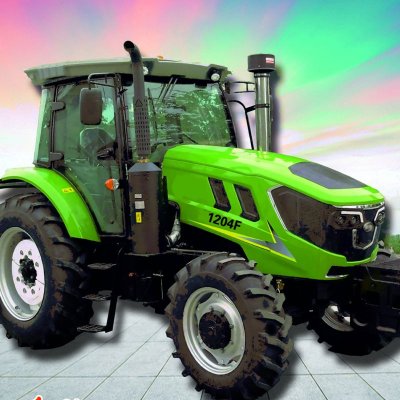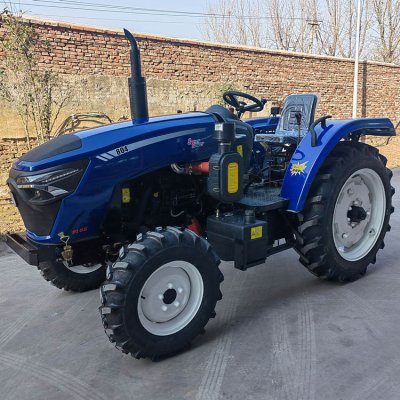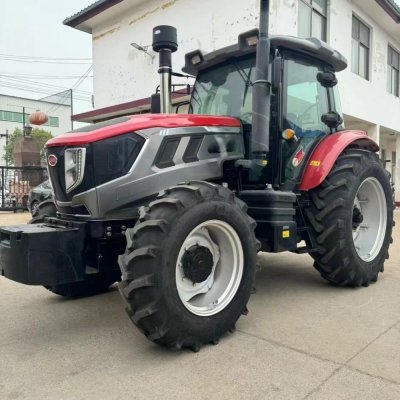Launch healthy soil practices for the next generation of farms.
American farmer John Krohn said: I'm just working hard to build soil health on my farm for the sake of joy. His hope is that his farm will remain healthy for the next few generations.
He still remembers his early days of farming, starting with contour plowing before doing straight rows across the entire field. When it rained, new channels would inevitably be carved into the freshly tilled soil. I absolutely loved that smell, and while cultivating the rapidly growing corn, there was nothing quite like seeing the vibrant green stalks rising out of the rich, dark soil. This sight filled me with pride. But then, after a heavy rain, I watched as the soil between the rows washed away down the hill.
Fast forward to today, and I'm still farming the same land. But my understanding and appreciation of the soil have increased significantly. My goal now is simple: to keep all the soil on my farm.
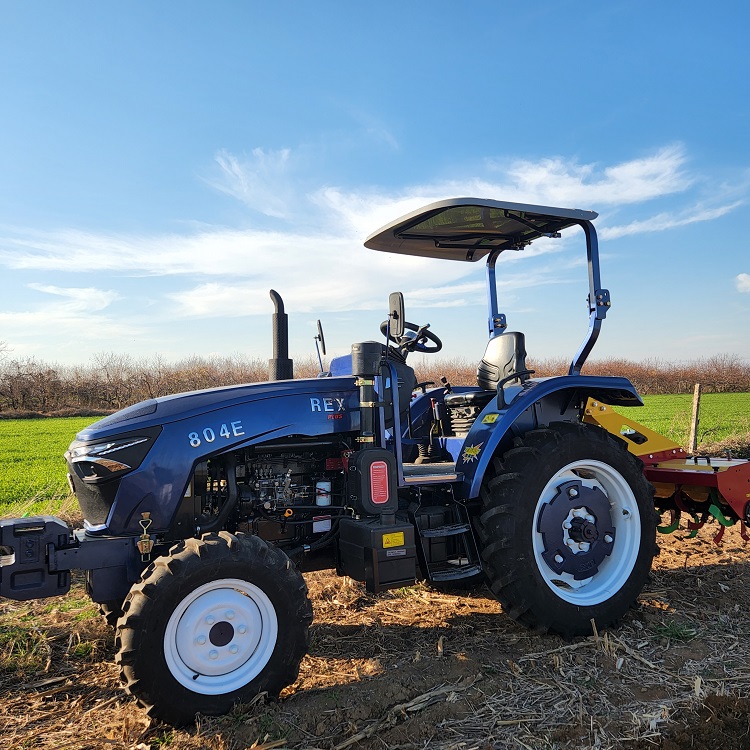
The First Step
The first step was transitioning to no-till farming and more recently adopting cover crops. Now, I'm trying to build up the soil instead of losing it. A longer lifespan of living things on the ground enhances the soil biology, which in turn promotes the development of organic matter. This approach not only boosts the productivity of the soil, allowing me to achieve high yields while using slightly less fertilizer, but it also makes the soil more resilient. It can better withstand the weight of my combine harvester and grain carts, and it can hold more nutrients, reducing runoff and improving long-term sustainability.
My nutrient management strategy has also evolved. In the past, we would apply nutrients long before the crops needed them, risking losses through leaching or runoff. Now, since the summer center pivot is already in operation, I can precisely "spoon-feed" the crops with nutrients when they are needed. This approach minimizes nitrogen loss to the groundwater and ensures that the crops have the nutrients they need to thrive.
Being part of Lead 39 has helped me connect with like-minded peers who share a commitment to resource conservation. Additionally, my involvement with the Nebraska Corn Board has given me a say in research funding for projects that address issues such as groundwater conservation, carbon intensity, and soil health.
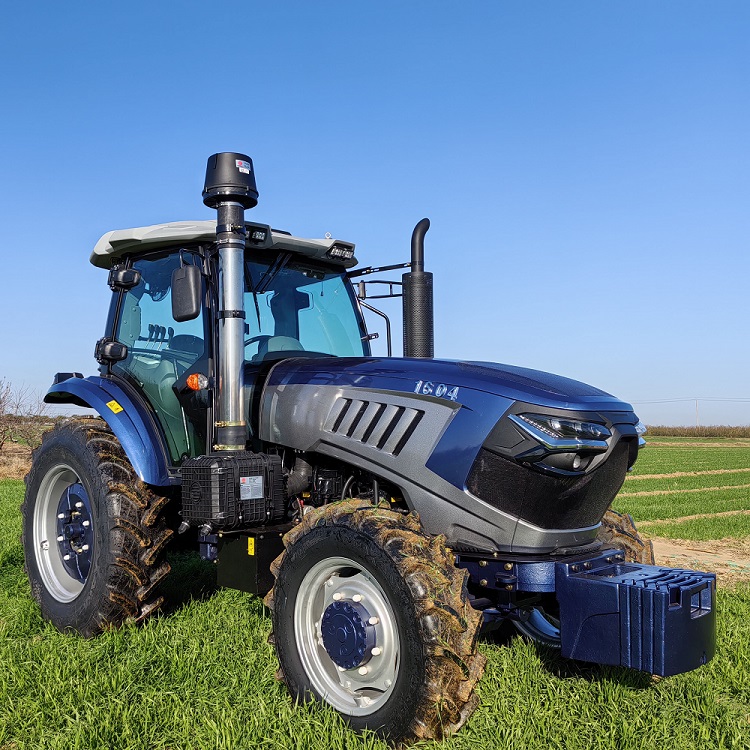
Irrigation Done Right
There have also been significant improvements in irrigation management. A few years ago, we relied on natural gas irrigation engines and ran the pivots when the fields seemed dry. Switching to electric wells in the early 2000s was a game-changer, involving less maintenance and higher efficiency. But even then, we would often just run the pivots to stay ahead of the load control limits. Today, technology guides my decisions. Soil moisture sensors and crop health monitors provide real-time data, helping me to irrigate far less than I used to.
I know that no single practice can solve all the environmental problems surrounding modern crop production. But I take pride in my role in building healthier soil, managing nutrients responsibly, and conserving the Ogallala Aquifer. As someone who makes a living from the land, I feel a responsibility to preserve these resources not just for myself but for the next generation of farmers. When my children grow up, I hope they have the opportunity to be part of a farm that is more sustainable and productive than ever before.
Author: Li Shechao
Source: Agricultural Machinery News Network

